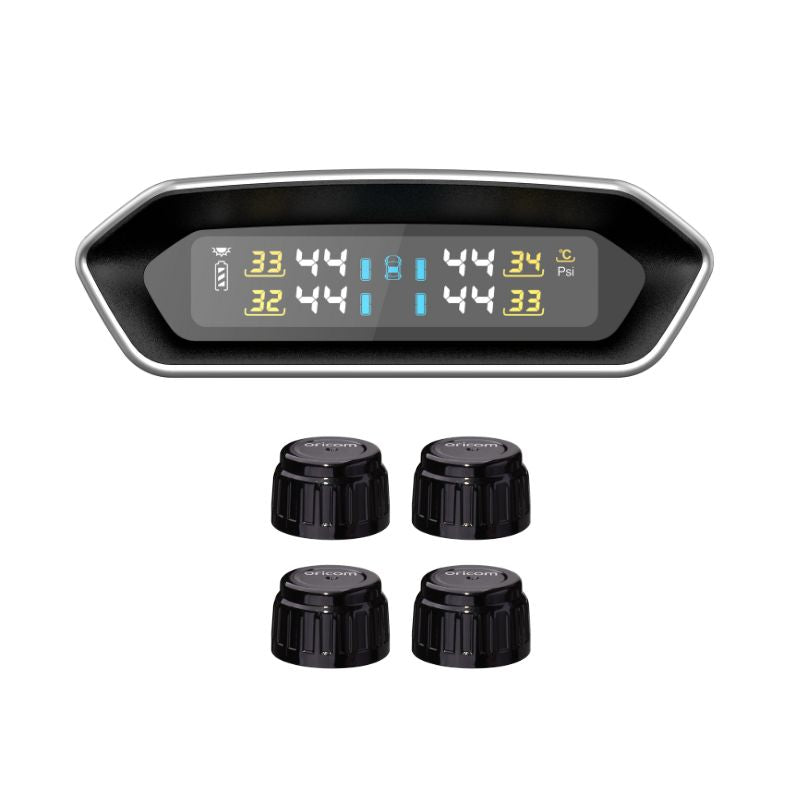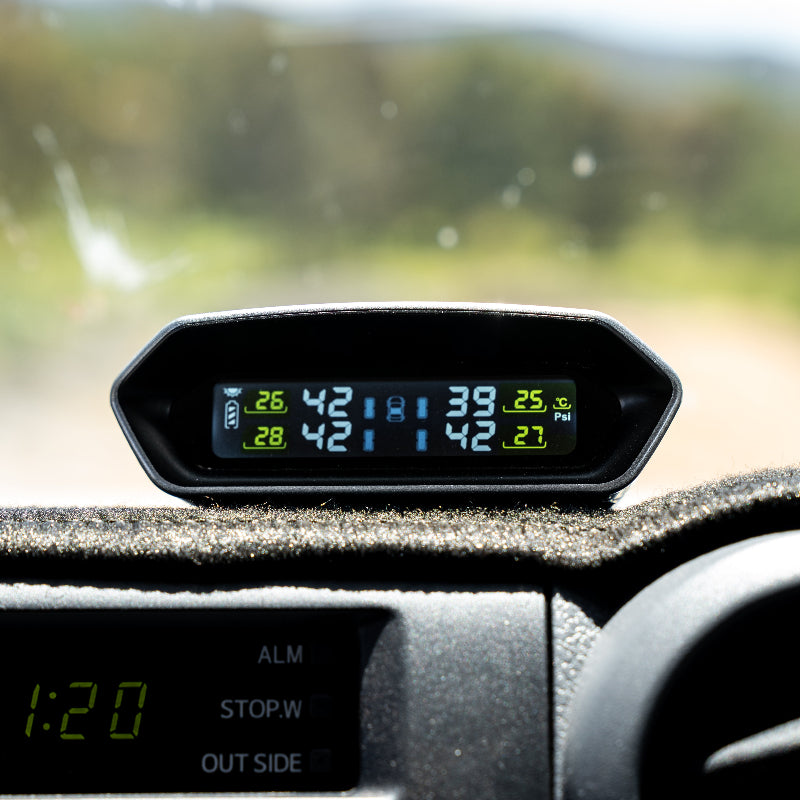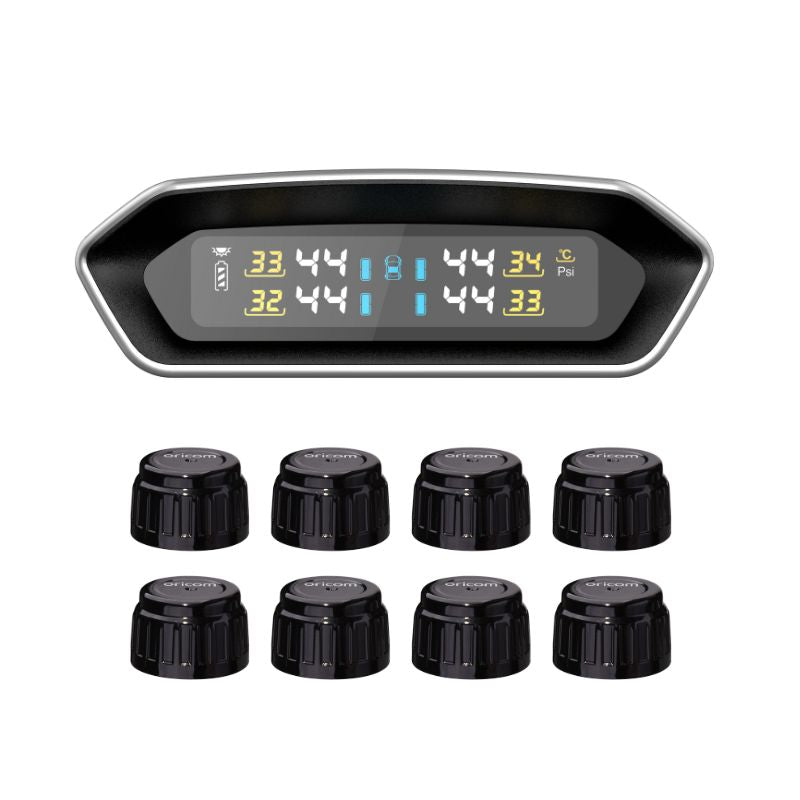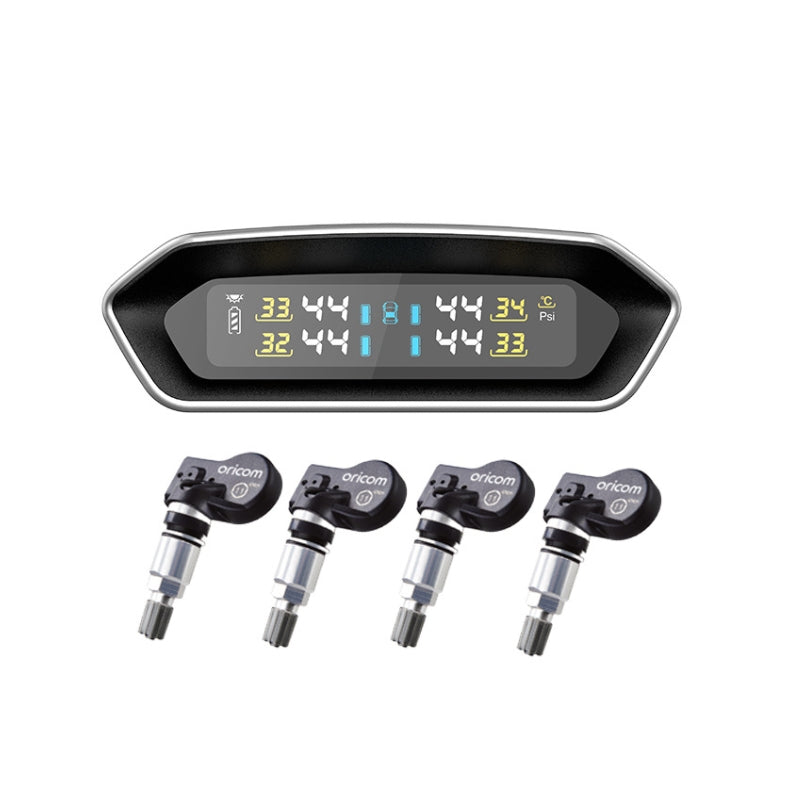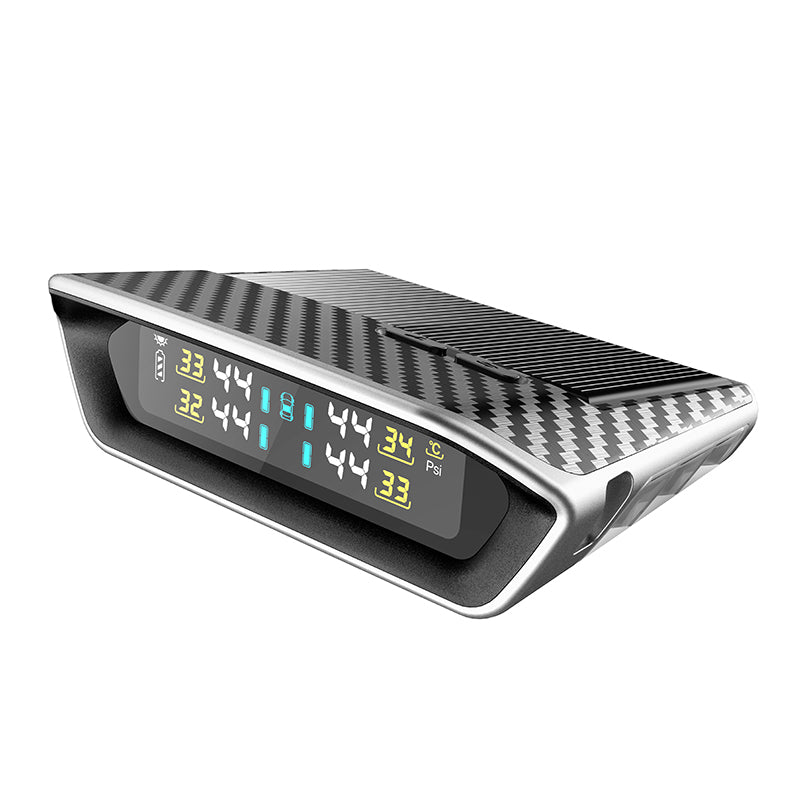Additional Information
How do I install the TPMS in my vehicle?
See video below:
How do I program sensors to the control unit?
See video below;
How do I delete tyre data?
See video below:
How to Disable and Enable External Sensors?
See video below:
How do I Enter/Exit settings mode?
See video below:
How do I replace batteries?
See video below:
How do I set the HI/LOW pressure thresholds?
See video below:
What is a Tyre Pressure Monitoring System (TPMS)?
A Tyre Pressure Monitoring System (TPMS) is an advanced safety device designed to constantly monitor the air pressure inside the tyres on various types of vehicles. These devices are designed to alert the driver with visual and/or audible warnings if one or more tyres become significantly under-inflated, which can lead to various safety issues, including tyre failure. By ensuring that tyres are always at the optimal pressure, TPMS systems contribute to the safety, efficiency, and longevity of your vehicle’s tyres. Oricom’s range of TPMS solutions offers real-time pressure alerts, helping you maintain your vehicle in top condition and ensuring a safer driving experience.
How does a Tyre Pressure Monitor System Work?
A Tyre Pressure Monitoring System (TPMS) is integral to vehicle safety, using sensors to monitor the air pressure in each tyre and alert the driver of any discrepancies through the dashboard display. There are two main types of TPMS: Internal and External. Internal TPMS employs sensors within each tyre (replacing valve stem) to directly measure pressure and temperature, providing specific alerts for each tyre. This system is precise, offering real-time status and alerts for underinflation or overheating. External TPMS are screw on sensors that affix the external valve stem and work in the same way as internal sensors, however can be removed or installed at any time.
Why is it Important to Maintain the Correct Tyre Pressure?
Maintaining the correct tyre pressure is crucial for several reasons, impacting safety, fuel efficiency, and tyre lifespan. Properly inflated tyres reduce the risk of tyre failure and accidents, as under-inflation can lead to overheating, premature wear, and blowouts. Furthermore, tyres at the correct pressure level offer optimal contact with the road, enhancing vehicle handling and braking efficiency. This also translates to improved fuel economy, as under-inflated tyres increase rolling resistance and, consequently, fuel consumption. Regularly using a Tyre Pressure Monitoring System (TPMS) ensures that your tyres are always at their ideal pressure, safeguarding your journey, prolonging tyre life, and contributing to environmental sustainability by reducing CO2 emissions.
What are the Benefits of Using Tyre Pressure Monitors?
Tyre Pressure Monitors offer a host of benefits that contribute to a safer and more economical driving experience. Firstly, they provide real-time alerts to any changes in tyre pressure, allowing for immediate corrective action to avoid tyre wear and potential accidents. This real-time monitoring leads to increased fuel efficiency, as properly inflated tyres require less energy to move and maintain speed. Additionally, TPMS helps extend the lifespan of tyres by preventing uneven wear, saving money on premature replacements. Safety is significantly enhanced by reducing the likelihood of tyre-related accidents. Lastly, TPMS contributes to environmental protection by optimising fuel consumption and reducing tyre waste. Incorporating a TPMS into your vehicle’s maintenance routine is an investment in safety, efficiency, and peace of mind.
Are Tyre Pressure Monitors Compatible with All Types of Vehicles?
Oricom Tyre Pressure Monitors are highly versatile and designed to be compatible with a wide range of vehicles, including cars, light trucks, and caravans/trailers. Oricom offers a variety of TPMS models, including both internal and external systems, to suit different vehicle types and tyre configurations. It’s always best to check the specifications of the TPMS or consult with a professional to ensure the system you are considering is compatible with your vehicle and if a repeater is required for monitoring vehicles greater than 9m in length.



